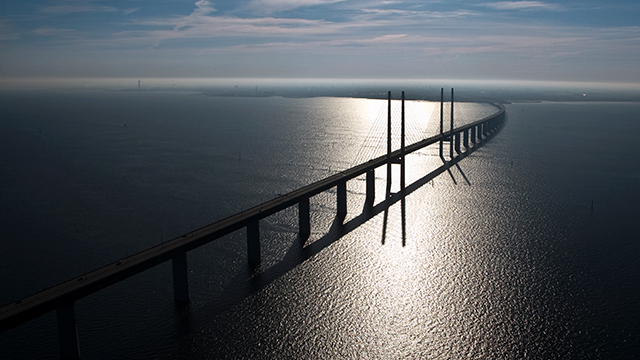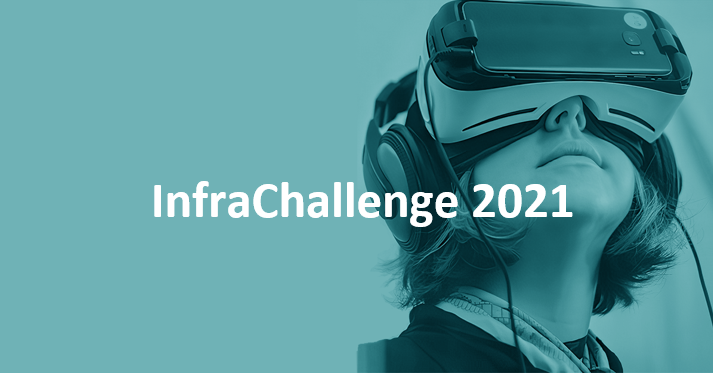928 results found
Featured results



More results
A recent webinar co-hosted by Jacobs and the Global Infrastructure Hub focused on turning inclusivity frameworks into practical results in infrastructure planning and delivery.
A recent webinar co-hosted by Jacobs and the Global Infrastructure Hub focused on turning inclusivity frameworks into practical results in infrastructure planning and delivery.
Cross-border infrastructure is essential for connectivity. The GI Hub has created a reference guide that presents key learnings and global practices for successful cross-border projects, drawing from a comprehensive literature review, analysis of case studies and the input of international experts in cross-border projects.
The future of infrastructure mega-projects was explored recently by an international panel of experts in a webinar co-hosted by the Columbia University School of Professional Studies and Global Infrastructure Hub. The event took place as the global community begins looking towards a period of post-pandemic recovery and what the future of infrastructure may look like.
InfraChallenge is looking for practical and scalable tech-based ideas for building and maintaining better, more resilient infrastructure.
How can hospital PPPs learn from the past to adapt for a post-COVID world?
Parties involved (public and private) CNEA (public), private only as suppliers and contractors
The Iguaçu National Park, created in 1939 by Decree No. 1035, houses the largest remnant of Atlantic forest (seasonal semideciduous) in southern Brazil.
The Program "More Light for the Amazon" aims to promote social and economic development of communities located in remote regions of the Legal Amazon, encouraging activities that increase family income and the sustainable use of the natural resources of the Amazon Forest, the integration of actions from the various spheres of the government, and the consequent promotion of citizenship and the dignity of that population.
The Geostationary Satellite for Defense and Strategic Communications is a valuable asset of Brazilian’s government that promotes digital inclusion by covering all Brazilian’s territory and allowing connectivity for the most further regions of the country
The Public Fishing Terminal (TPP) of Manaus was built in 2010 by the National Department of Transport Infrastructure - DNIT, in partnership with the Municipality of Manaus.
In Brazil, this Pipeline Project has the potential to diversify the fuel transportation infrastructure and consequently foster competitiveness and promote market development, resulting in benefits for society as a whole.
The project represents the most important tourism and transportation infrastructure proposal for the south-southeast region of the country.
The project consists of a road concession procurement for exploiting infrastructure and public services provision for recovery, operation, maintenance, monitoring, conservation, implementation of improvements and maintenance of the service level of the BR-262/ES Highway, in the road section between BR-101 (B) - Viana/ES - up to the frontier between ES/MG; BR-262/MG, in the road section between ES/MG frontier with BR-381/MG - João Monlevade/MG; and BR-381/MG, in the road section between Belo Horizonte/MG to Governador Valadares/MG
Brazilian Decree nº 7.520/2011 and then Decree nº 9.357/ 2018 establishes the National Program for the universalization of Access and Use of Electric Energy - “LUZ PARA TODOS/LIGHT FOR ALL” until the year 2022, intended to provide the service with electricity to the portion of the rural population that does not have access to this public service.
The modernization of the Roca Railway has as main objective the renovation and electrification of the passenger service line Branch Constitution - La Plata, which has an extension of 52 km and moves 44 million people by year.
A Dedicated initiative co-curated by Small Island Developing States (SIDS) and CDRI partners to promote resilient, sustainable, and inclusive infrastructure development in SIDS

The ITF Transport Outlook provides an overview of recent trends and near-term prospects for the transport sector at a global level as well as long-term prospects for transport demand to 2050.

Can the needs of rapid urbanisation open the door to innovative emerging technologies?




 Inclusive Infrastructure
Inclusive Infrastructure






